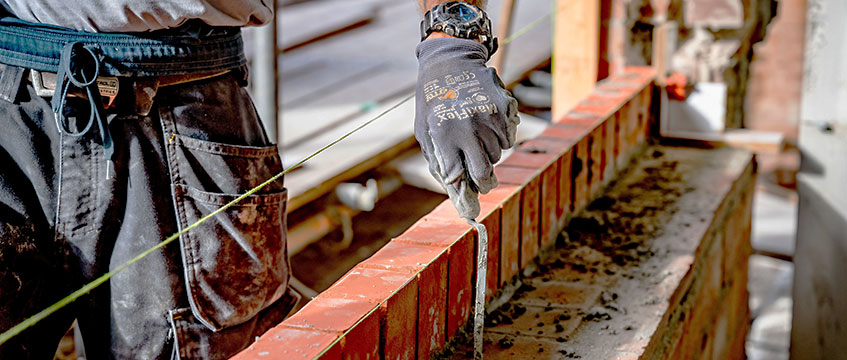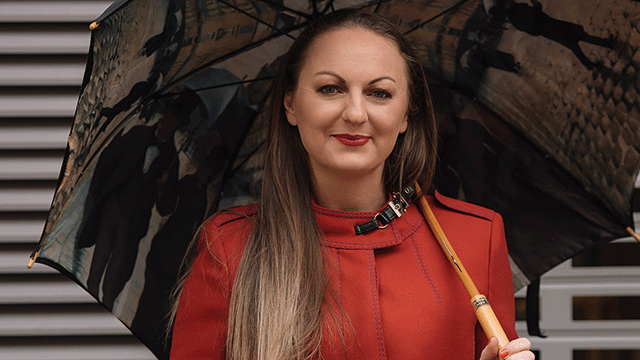Since 1974 there has been a steady erosion of overall average farmland prices. Each peak – in 1984, 1988 and 1997 – has been markedly lower in real terms than the one before. Is it because we are stripping out assets?
Each peak is driven by different factors. In 1984 it was rollover money; in 1988 the housing market. Today the strong demand from outside the sector is helping to maintain land values in a time of agricultural crisis.
Clearly, internal factors no longer drive the market. Prosperity outside farming, the residential market, confidence, scarcity, tax and investment motives all play their part. As Jeremy Moody pointed out at the CAAV AGM, we now talk about farmland in terms of national wealth, and the farmland market as one for private investors – by and large affluent English individuals.
Rising interest rates could dampen this market, but we are talking about base rates of 6-7% at the most compared with almost 20% a decade ago.
The more farm subsidies become area- rather than product-based, the more they will act as a support to land prices and the more they will be factored into values.
Economics, too, is forcing a rethink. Fixed equipment, including irrigation, drainage, buildings and pollution control, are huge overheads that can be contained only by running larger, more efficient businesses. As has been pointed out here before, a new form of landlordism is being created. The once-large estates and small farms are being replaced by more private landowners and fewer farmers operating across larger tracts.
Prospects for land values don’t look bad. The outlook for farming means that agricultural rents are unlikely to keep pace. If landlords want a decent return they will need to look at alternative sources for earning income from their rural assets.
Contact the rural editor at catherine.paice@farmline.com








